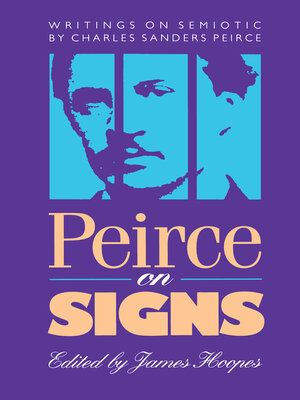
Sign up to save your library
With an OverDrive account, you can save your favorite libraries for at-a-glance information about availability. Find out more about OverDrive accounts.
Find this title in Libby, the library reading app by OverDrive.



Search for a digital library with this title
Title found at these libraries:
| Library Name | Distance |
|---|---|
| Loading... |
Charles Sanders Peirce (1839–1914) is rapidly becoming recognized as the greatest American philosopher. At the center of his philosophy was a revolutionary model of the way human beings think. Peirce, a logician, challenged traditional models by describing thoughts not as “ideas” but as “signs,” external to the self and without meaning unless interpreted by a subsequent thought. His general theory of signs — or semiotic — is especially pertinent to methodologies currently being debated in many disciplines.
This anthology, the first one–volume work devoted to Peirce’s writings on semiotic, provides a much–needed, basic introduction to a complex aspect of his work. James Hoopes has selected the most authoritative texts and supplemented them with informative headnotes. His introduction explains the place of Peirce’s semiotic in the history of philosophy and compares Peirce’s theory of signs to theories developed in literature and linguistics.
This anthology, the first one–volume work devoted to Peirce’s writings on semiotic, provides a much–needed, basic introduction to a complex aspect of his work. James Hoopes has selected the most authoritative texts and supplemented them with informative headnotes. His introduction explains the place of Peirce’s semiotic in the history of philosophy and compares Peirce’s theory of signs to theories developed in literature and linguistics.







